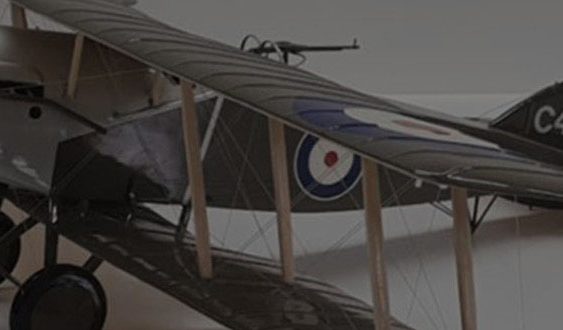What Are The 5 Basic Custom Sculpture Making Techniques?

Creating custom sculptures involves various techniques that artists utilize to mold, carve, cast, or assemble materials into a desired three-dimensional form. Understanding these fundamental techniques helps appreciate the diversity of expressions found in the realm of custom sculptures. We outline five basic sculpture techniques below:
Modeling:
Modeling is a versatile sculpting technique that involves shaping and manipulating a pliable material such as clay, wax, or polymer clay to create three-dimensional forms. Artists use their hands or sculpting tools to mold the material, gradually building up layers and refining the shape until the desired form is achieved. Modeling allows for flexibility and spontaneity in sculpting, making it ideal for creating organic, expressive, and detailed sculptures.
Carving:
Carving is a subtractive sculpting technique that involves removing material from a solid block or mass to reveal the desired form. Sculptors use sharp tools such as chisels, gouges, and knives to carve away excess material, gradually refining the shape and adding detail. Carving is commonly used with materials such as wood, stone, and plaster, allowing for precise control and intricate detailing in sculptural work.
Casting:
Casting is a method of creating sculptures by pouring a liquid or molten material into a mold and allowing it to harden and take the shape of the mold. Artists first create a master model of the sculpture using materials such as clay or wax, which is then used to make a mold. The mold is then filled with materials such as plaster, resin, or metal, resulting in a reproduction of the original sculpture. Casting allows for the creation of multiple copies of a sculpture with consistent detail and fidelity to the original form.
Welding:
Welding is a sculptural technique that involves joining metal components together using heat and pressure. Sculptors use welding equipment such as oxyacetylene torches, arc welders, or TIG welders to fuse metal parts into a cohesive structure. Welding allows for the creation of large-scale sculptures and abstract forms, with the flexibility to work with a variety of metals including steel, aluminum, and bronze. Welded sculptures can range from intricate, delicate constructions to bold, monumental installations.
Assemblage:
Assemblage is a sculptural technique that involves assembling found objects, fragments, or pre-made components into a cohesive composition. Artists gather materials such as wood, metal, plastic and found objects from their environment and arrange them into sculptural forms using glue, screws, or other fasteners. Assemblage allows for creativity and experimentation, with artists exploring themes of collage, bricolage, and found art to create visually striking and conceptually rich sculptures.